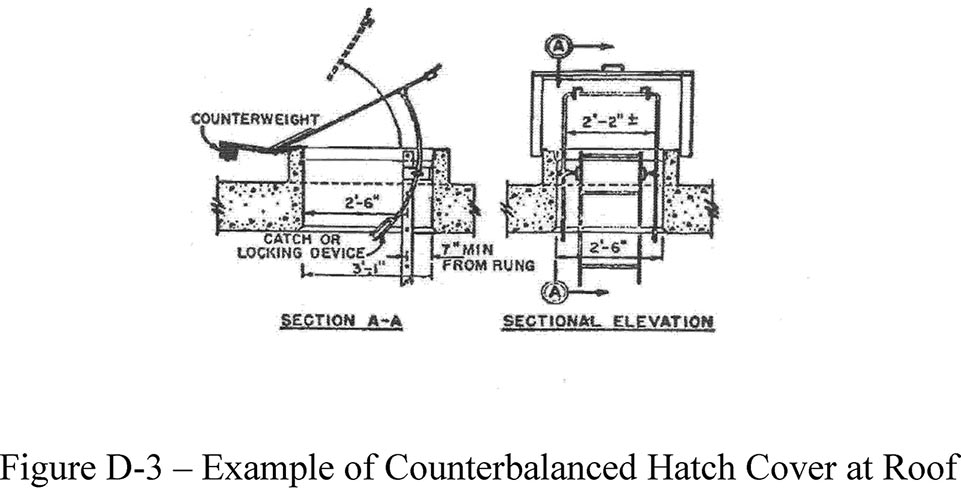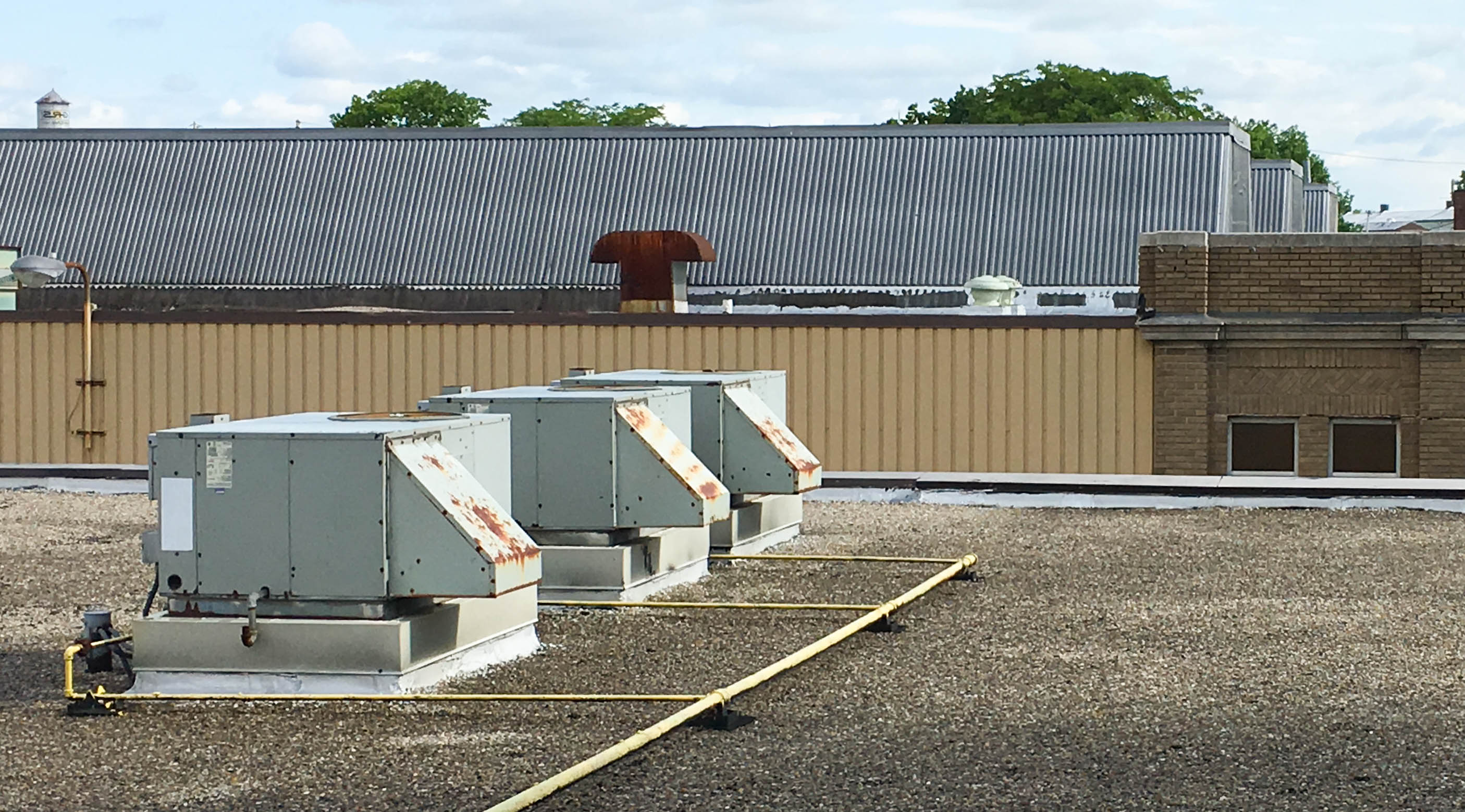Keep in mind there is no distance from the edge of a roof that osha regulations deem safe without at the very least a warning line and safety monitor but they have stated that if they cite an employer because the employees were on a roof but remained more than 15 away from the edge that they would cite it as a de minimis violation meaning no monetary penalty would be attached.
Safe roof access regulations.
Ensure that stepping onto the roof can be done safely and that the landing place is firm stable and free of obstructions.
Safe access to a roof requires careful planning particularly where work progresses along the roof.
In any situation where the roof of a building has no edge protection a building owner needs to secure the safety of the people who have to access the roof.
The weight of the snow will vary depending on its water content.
The safety monitor is always a competent person 29 cfr 1926 500 b.
Or on roofs 50 feet 15 25 m or less in width the use of a safety monitoring system alone is permitted 29 cfr 1926 501 b 10.
Most roof access hatches are made of galvanized steel or aluminum.
If it is necessary for workers to access the roof for snow removal evaluate the loads exerted on the roof total weight of snow workers and equipment used compared to the load limit.
With regard to fall protection requirements applicable to the construction work itself 1926 501 b 10 low slope roofs requires conventional fall protection a combination of a monitoring system and warning line or on roofs of 50 feet or less in width a monitoring system alone i e without a warning line be used.
The warning line system shall consist of ropes wires or chains and supporting stanchions 29 cfr 1926 502 f 2.
Providing proper instruction as well as having an adequate rescue plan in place are required and the building owners liability.
Snow load is the weight of the snow as generally reported in pounds per square foot.
No part of the body leaves the roof.
A high level of user skill is required for roof anchors and static lines however much lower skill levels are required for guardrail systems which justifies less restrictive access.
On a sloping roof a properly constructed roof ladder or on a flat roof a harness attached to a secure anchorage with a short enough lanyard to prevent an actual fall off the roof i e.
Roof access hatch safety measures roof access hatches can be installed on flat roof surfaces the maximum incline being 30 degrees.
Where there is no permanent access to roof areas provide properly constructed temporary access with clearly signposted access points on roof edge protection.
The minimum requirements are a safe means of access to the roof level.




















.jpg)







